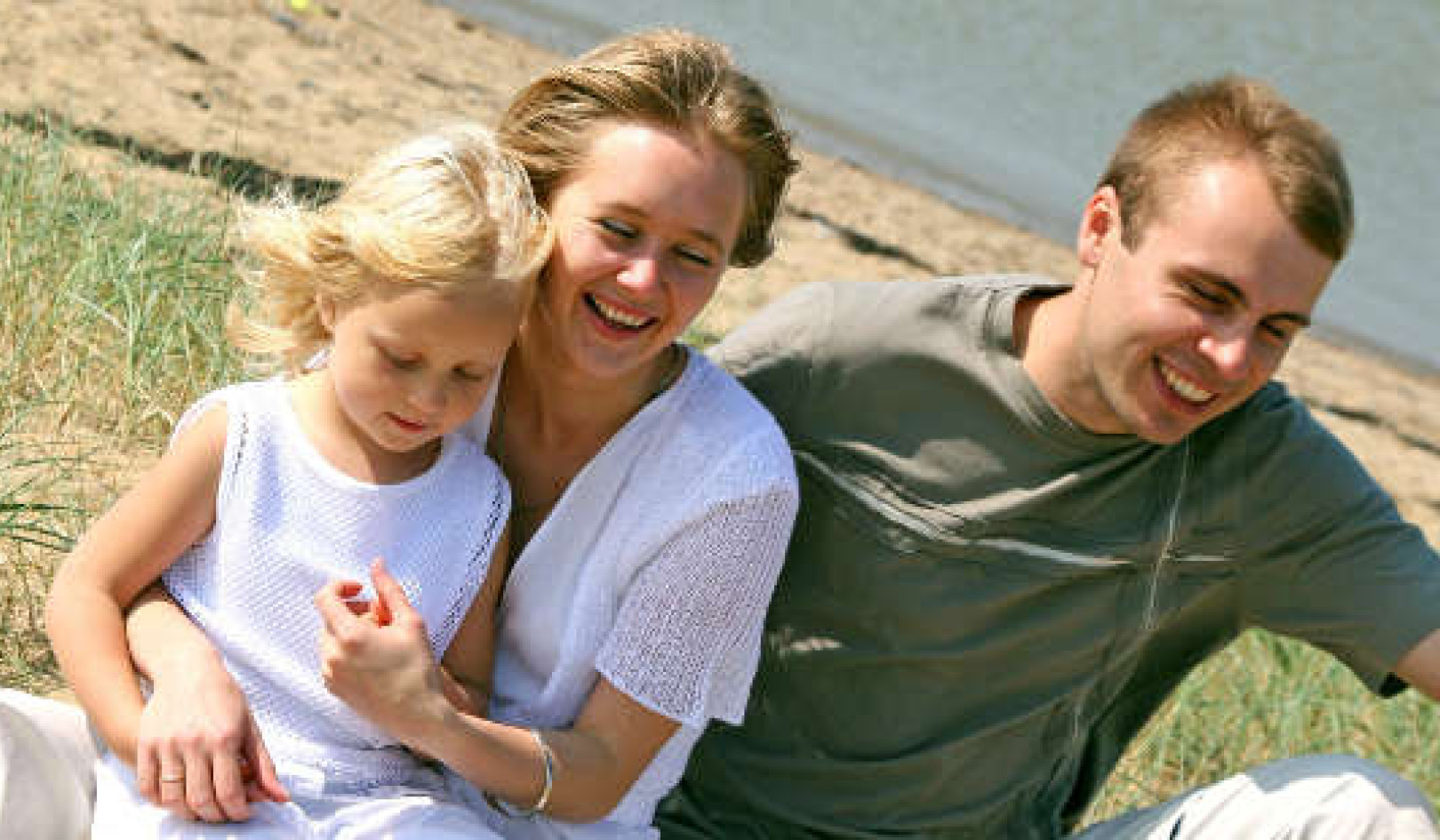
When it comes to love, cheating and divorce, matters are never just of the heart. In a bid to understand the love lives of humans, scientists have turned to the romantic relations of birds since the family life of many birds is reminiscent of those exhibited by humans.
Most birds – like humans – have elaborated courtship to win the heart of the opposite sex and also live in families with, more often than not, both the male and the female rearing their young together.
Cheating and divorce can also be rampant in birds. Take for example the small songbird famous for its hedonistic lifestyle, the Eurasian penduline tit. Both males and females may have up to five different sexual partners during a short breeding season, and while they are busy seeking out new mates, they ignore their offspring produced in previous liaisons.
So why do birds (and indeed, humans), divorce their partner and leave the family to seek new sweethearts? It goes without saying that there is value in scarcity: in populations where males outnumber females, the females are at an advantage since they can pick Mr Right from a large number of suitors, whereas in populations dominated by females the rare males have the upper hand. Too many females reverses the luck of their gender – as there are so few bachelor males that the females have to give in to whoever wants to procreate.
In Kentish plovers the males outnumber females, so the females are overwhelmed by the great choice of suitors. For males the world is less rosy as they have to fight hard for the few ladies in the population. Once the offspring has been produced, the males may well be tempted to look after them and ensure they survive, given the amount of effort it would take to find a new female to mate with in a competitive environment. This willingness of males to look after their young gives the female the opportunity to exploit their tender mates – so they seek a new husband and reproduce with him too.
Pair up, cheat or divorce?
All in all, it is the social environment that sets up the winners and losers of sexual competition for birds and it looks that way for humans too. But it is still not entirely clear how birds’ different gender ratios emerge. One hypothesis is that there is already bias in the ratio of the young, and this bias propagates into the subsequent generation of adults. Researchers are also investigating a second possibility, that males and females differ in their ability to survive, and that this may swing the sex ratio of adults one way or another.
But pairing off does not terminate this love-hate relationship of the sexes – cheaters are common across many animal species. Like pair bonding, cheating is influenced by the social environment – for example, too many male birds increase cheating rates by female birds while they stick with the same partner – but it has its benefits. A female could increase the viability of her young by seeking an additional mate – a bit on the side of her existing pair bond. It could also be an optimal female strategy to mate with a male who provides great care for her offspring – while she seeks diversion with an additional mate, hoping that her young with him will inherit their father’s attractive qualities.
That is not to say all animals should seek to cheat though. For long-lived animals in which the offspring may need years of nurturing, the best strategy might be to keep hold of the same mate and breed again. Looked at over the long term, parents can develop a productive working relationship that can increase the number or quality of their offspring. For example, many geese, parrots and raptors mate for life, and scientists suspect that staying with a mate benefits their young (and indeed, the parents themselves) rather than disrupting their well-working relationship for the sake of a short sexual encounter with a stranger.
Is it worth all this effort for a fling?
However, keeping a mate for several years is a risky business. If you hang on to your existing mate too tightly, you may miss out on potential new ones.
However, males and females react very differently when there is temptation around: where there are too many males, females will cheat, but where there are too many females, there is more total breakdown of the relationship. In birds, males are often the ones that make the first move when it comes to breaking a relationship while divorce rates are high in populations where females outnumber males. All in all, whether cheating or terminating a relationship is the right choice seems to depend on the social environment.
What is clear from all of this is that pair bonding, cheating and divorce have fundamental influences on family lives of animals and humans alike. And it is the rarer, rather than fairer, gender that often shapes the social environment and moulds reproductive strategies.
By learning from the family life of birds, scientists have discovered some of the evolutionary roots of romantic behaviour, using very different ecological settings to carry out experiments that would be unethical or impractical with humans.
About The Author
Related Book:
at

Thanks for visiting InnerSelf.com, where there are 20,000+ life-altering articles promoting "New Attitudes and New Possibilities." All articles are translated into 30+ languages. Subscribe to InnerSelf Magazine, published weekly, and Marie T Russell's Daily Inspiration. InnerSelf Magazine has been published since 1985.

Thanks for visiting InnerSelf.com, where there are 20,000+ life-altering articles promoting "New Attitudes and New Possibilities." All articles are translated into 30+ languages. Subscribe to InnerSelf Magazine, published weekly, and Marie T Russell's Daily Inspiration. InnerSelf Magazine has been published since 1985.























